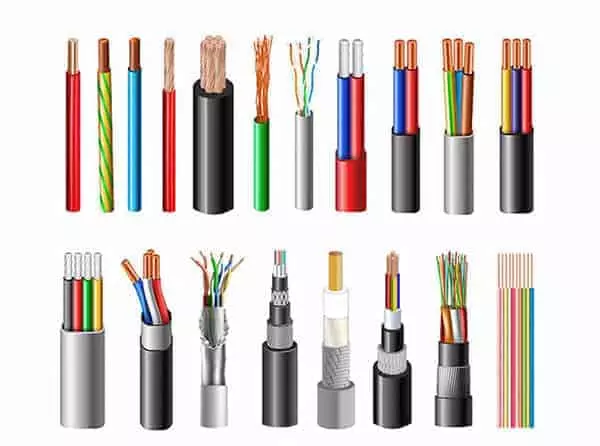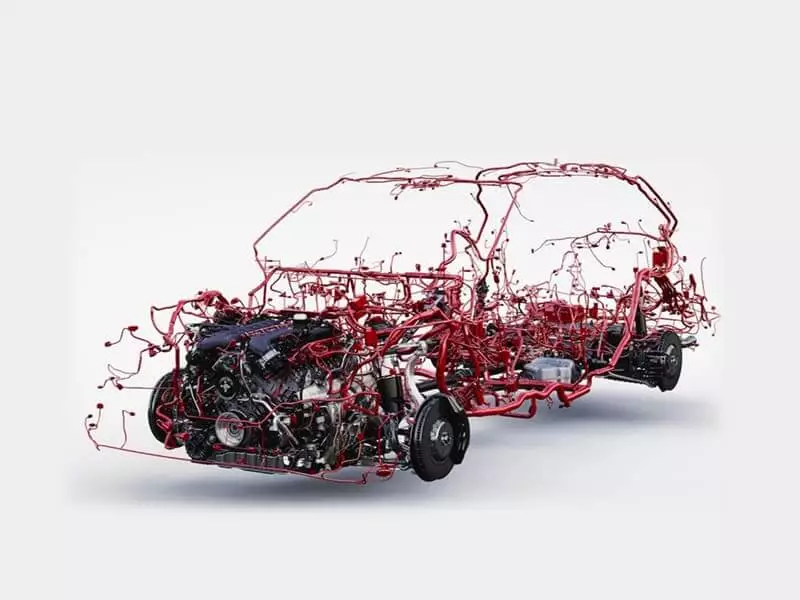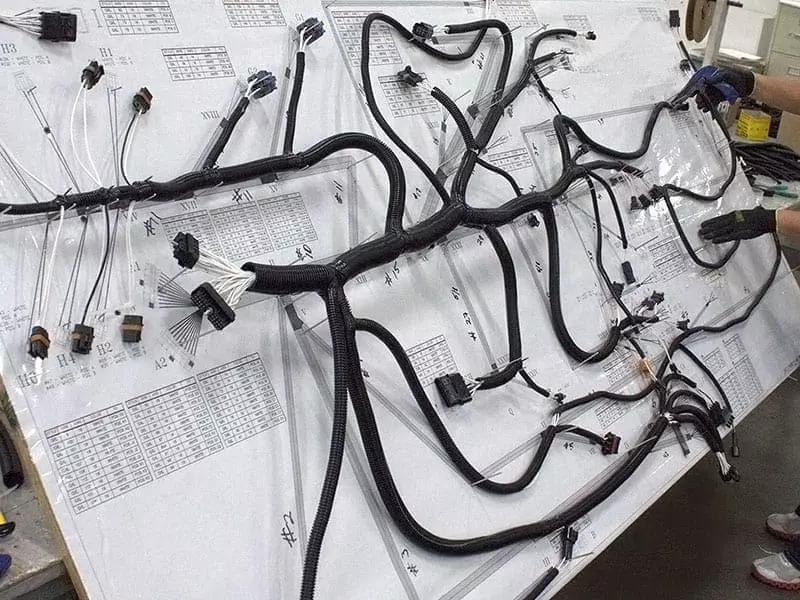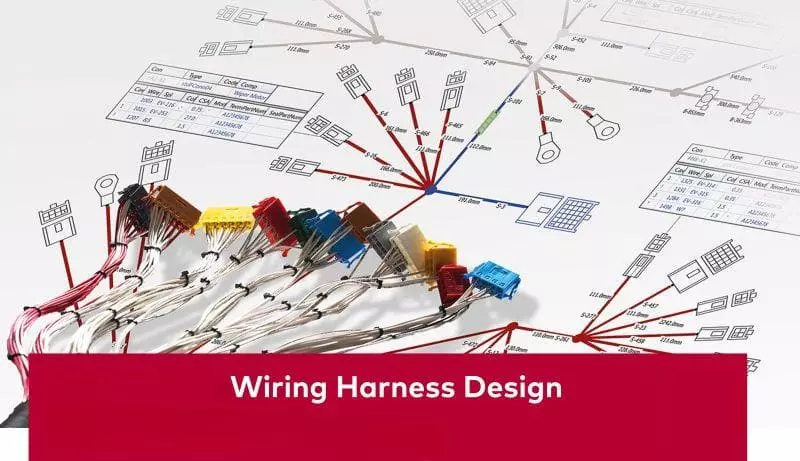Which is Better Flat or Round Ethernet Cable?
Home » Which is Better Flat or Round Ethernet Cable?
When planning network cabling, a common question arises: Which is better flat or round Ethernet cable? In practical use, which performs better—flat Ethernet cable or round Ethernet cable? Significant differences exist between the two in structural design, transmission performance, installation convenience, and applicable scenarios. Choosing the appropriate cable not only impacts network bandwidth and stability but also determines the lifespan of the cabling and maintenance costs.
This article systematically analyzes the core differences between Flat Ethernet Cable and Round Ethernet Cable. By examining typical application scenarios, it assists engineers and users in making more informed choices based on their specific requirements.
What is Flat Ethernet Cable?
Flat Ethernet Cable consists of multiple conductors twisted in pairs and arranged in parallel, then compressed into a ribbon-like flat structure with insulation and an outer jacket. Essentially, it still comprises four twisted pairs and can be manufactured as UTP (unshielded) or STP/FTP (shielded) versions.
To control impedance and crosstalk, high-quality products maintain consistent twist pitch and pair spacing within the flat geometry, incorporating aluminum foil/braided shielding and drain wires. Common categories include Cat5e / Cat6 / Cat6A (note: “Cat7 RJ45” claims by some manufacturers are typically marketing terms, not part of the standard TIA system, and should be treated with caution).
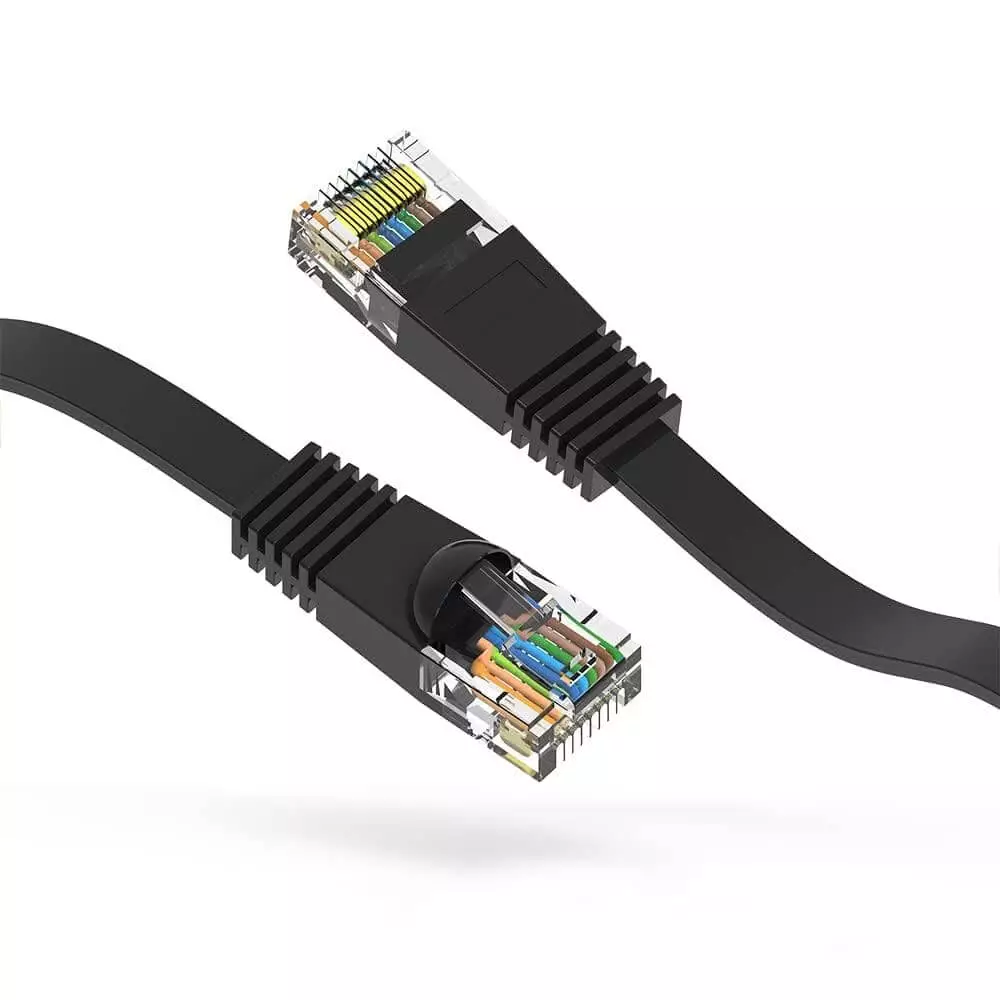
Key Features and Performance Highlights
- Slim and Low-Profile Design: Significantly thinner than round cables, ideal for low-clearance routes like under carpets, along baseboards, or through door/wall gaps. Offers enhanced concealment when laid flush against walls or floors.
- Space-Friendly: Flat structure facilitates close-to-surface routing, minimizing interference with furniture and door openings. Suitable for home installations and temporary wiring.
- Installation Ease: Simplifies organization, termination, and concealment for short-run patch applications (e.g., wall outlets to routers/terminals).
- Signal Integrity: Improper geometric flattening can compromise twisted-pair pitch uniformity, leading to NEXT/FEXT crosstalk, reduced return loss (RL), and diminished attenuation margin. Premium flat cables mitigate this risk through stable dielectric structures and controlled twisted-pair compensation.
- Shielding and EMI Resistance: Near high-noise sources like power lines, ballasts, or motors, use shielded flat cables (FTP/STP) with 360° shield termination.
- Length and Gauge (AWG):
Flat patch cords often use thinner gauges (e.g., 28–32 AWG) for slim profiles, resulting in higher attenuation and greater PoE temperature rise compared to 23–24 AWG solid cables. - Permanent Links/Backbone:
Prioritize 23–24 AWG (typically solid cables); - Short cables ≤20 m: 26–28 AWG acceptable;
- Ultra-fine 30–32 AWG: Recommended ≤10 m, with bandwidth and PoE margin evaluation.
- PoE/PoE++ (802.3af/at/bt): High-power delivery causes temperature rise and voltage drop; flat cables are unsuitable for long-distance high-power PoE due to thin gauge and limited heat dissipation paths. Verify AWG, temperature rise testing, and category certification.
- Bending Radius and Mechanical Reliability: TIA recommends ≥4× outer diameter for UTP bending radius (≥10× for shielded cables). For flat cables, maximize bending radius along thickness direction; avoid sharp bends and repeated folding. Under-carpet installations must account for fatigue from foot traffic and micro-bend losses.
What is Round Ethernet Cable?
Round Ethernet Cable is the most common Ethernet cabling configuration, utilizing 4 pairs of twisted pairs as the fundamental transmission medium. Conductors are arranged in a circular geometric cross-section, with an outer layer comprising insulation, filler material, and an outer jacket. High-performance variants typically incorporate additional shielding (aluminum foil/Al-Mylar foil, braided shielding, or a combination of both) along with a central cross separator to ensure stable twist pitch and consistent impedance. Common categories include Cat5e, Cat6, Cat6A, Cat7, and Cat8, covering transmission requirements from 100 Mbps to 40 Gbps.
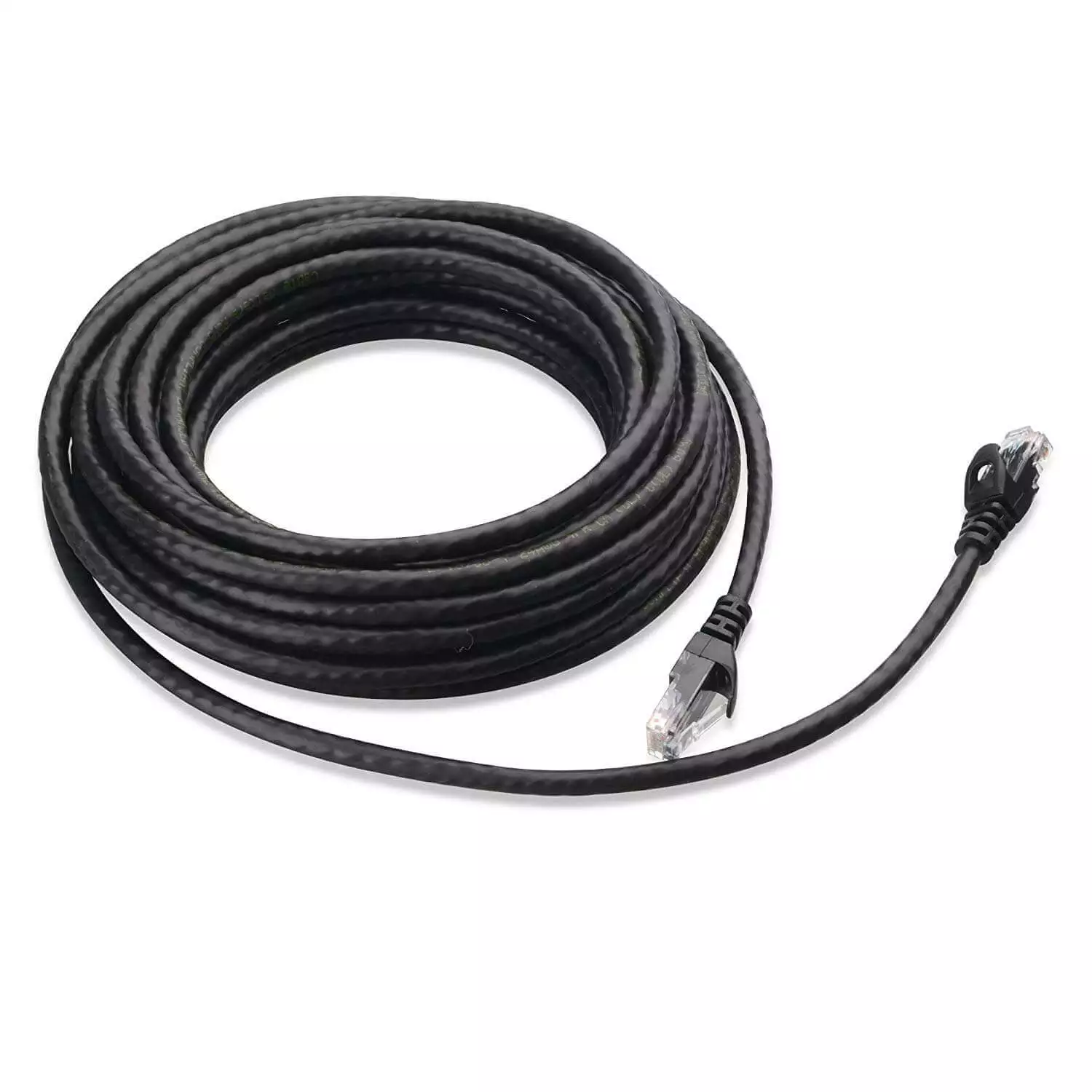
Key Features and Performance Highlights
- Durability and Mechanical Strength: The circular geometry and filler layer design effectively resist external compression, tension, and twisting. Stress distribution is uniform, minimizing damage to internal conductors.
- Stable Electrical Performance: Consistent twisted-pair pitch ensures superior controlled impedance and crosstalk performance, supporting higher bandwidth and extended transmission distances.
- Robust Shielding and Interference Resistance: Common configurations include UTP, FTP, STP, and S/FTP, catering to diverse environments from residential to industrial electromagnetic complexities.
- Superior PoE Capability: Typically featuring 23–24 AWG solid conductors, it offers lower resistance and greater current-carrying capacity compared to flat, thin wires (28–32 AWG), making it suitable for PoE++ (802.3bt, 90W) and high-power devices.
- Heat Dissipation & Longevity: The circular cable bundle’s airflow and cross-sectional area facilitate superior heat dissipation, resulting in lower temperature rise during prolonged PoE operation and extended service life.
- Flexibility & Routing: Despite its substantial build, it can be routed within recommended bending radii (≥4× outer diameter, ≥10× outer diameter for shielded cables), ensuring higher reliability.
Flat vs Round Ethernet Cable Comparison
| Aspect | Flat Ethernet Cable | Round Ethernet Cable |
|---|---|---|
| Structure | Parallel conductors in a flat ribbon-like profile, thin design | Conductors bundled in a circular profile with insulation/jacket |
| Routing | Flexible, ideal for tight spaces, under carpets, along walls | Bulkier, better for long-distance and structured cabling routes |
| Electrical Performance | Less consistent twist, may affect crosstalk/impedance; good for short Gigabit links | More stable twists and impedance control; supports Gigabit/10G+ over longer runs |
| Durability | Lower tensile strength, more vulnerable to bending/foot traffic | Higher mechanical strength, longer lifespan, withstands harsh use |
| PoE Capability | Thinner gauge (28–32 AWG), may overheat/drop voltage in high PoE | Thicker gauge (23–24 AWG), supports PoE++ (90W) over long distances |
| EMI Shielding | Weaker EMI protection in standard versions; shielded models available | Easier to implement shielding, strong EMI/RFI resistance |
| Typical Use Cases | Home networks, small offices, temporary/hidden cabling | Enterprise networks, data centers, PoE deployments, industrial/outdoor use |
Advantages and Disadvantages of Flat Ethernet Cable
Advantages
- Space-saving: The flat structure features a slim profile and compact design, making it ideal for concealed routing under carpets, along baseboards, or within wall gaps with minimal impact on interior aesthetics.
- Flexible routing: The parallel conductor design allows for easier bending and laying, particularly suited for confined spaces or temporary cabling scenarios.
- Lightweight and Easy Installation: Lightweight construction simplifies installation, eliminating the need for additional supports or complex routing methods.
- Cost-Effectiveness: Typically more affordable than shielded round cables for short-distance applications, making it a cost-effective choice for homes and small offices.
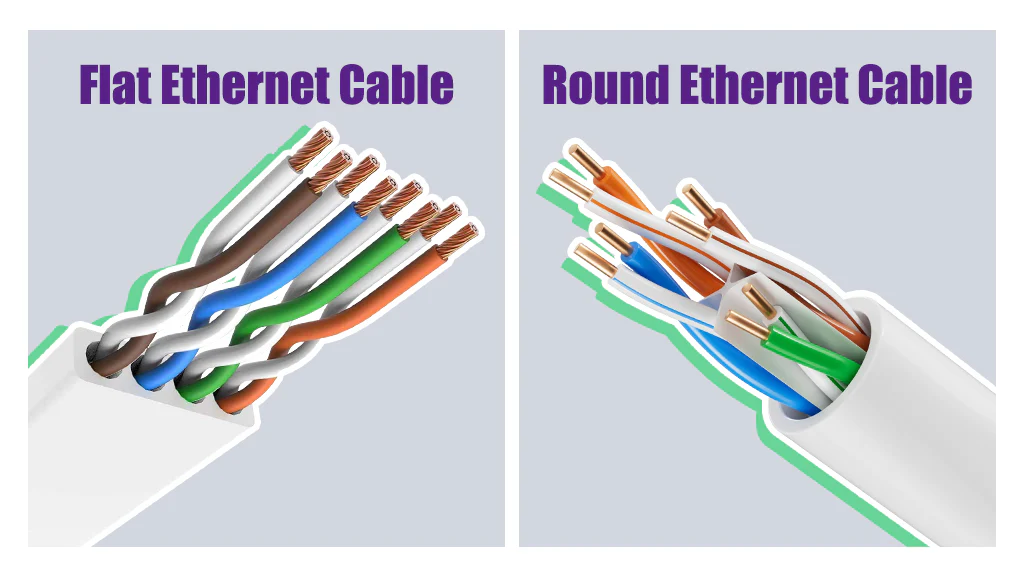
Disadvantages
- Weak interference resistance: Due to insufficient geometric symmetry and limited shielding design, it is susceptible to electromagnetic interference (EMI/RFI), resulting in poorer signal integrity compared to round cables.
- Lower durability: Limited tensile strength, abrasion resistance, and crush resistance, prone to mechanical fatigue during prolonged use.
- Limited PoE Capability: Commonly uses thin gauge wires (28–32 AWG), prone to heat generation and voltage drop in high-power PoE applications, unsuitable for long-distance power delivery.
- Limited transmission distance: In high-speed applications (e.g., 10Gbps), reliable transmission distances may fall below the standard performance of round Ethernet cables.
- Lack of cabling certification: Most flat cables struggle to meet NEC/UL building cabling grade requirements, making them unsuitable for permanent links or backbone networks.
Advantages and Disadvantages of Round Ethernet Cable
Advantages
- Superior Electrical Performance: Enhanced stability in twisted-pair pitch and impedance control supports higher bandwidths (e.g., 10G/40G) and longer transmission distances with substantial performance margin.
- Strong Interference Resistance: Easily achievable shielding (FTP/STP/S/FTP) effectively counters EMI/RFI, ensuring signal integrity in complex electromagnetic environments.
- High Durability: The circular structure combined with a jacket and filler layer delivers outstanding tensile, compression, and torsion resistance, withstanding prolonged mechanical stress.
- Strong PoE Capability: Utilizes thicker gauge solid conductors (23–24 AWG) to reliably support high-power PoE++ (90W) while minimizing temperature rise and voltage drop.
- Compliance: Meets NEC/UL/TIA standards, suitable for permanent links and building backbone cabling in professional network installations.
- Environmental Adaptability: Offers options like flame-retardant, UV-resistant, oil-resistant, abrasion-resistant, or outdoor-rated jackets to meet diverse environmental demands in industrial, outdoor, and data center settings.
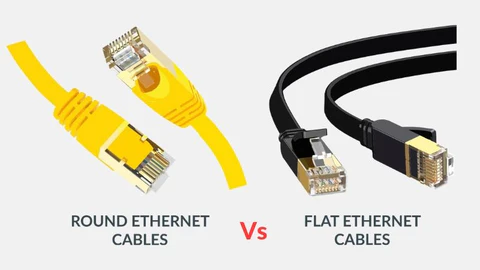
Disadvantages
- Space Intensity: Larger outer diameter makes it less concealable than flat cables, requiring more routing space during installation.
- Limited Flexibility: Compared to flat cables, round cables offer reduced convenience for bending and installation in confined or specialized spaces.
- Heavier Weight: Overall bulkier weight makes installation and management less convenient than flat cables.
- Higher Cost: Shielded and higher-category round cables carry increased expenses, potentially offering excessive performance for residential or low-speed applications.
How to choose flat or round ethernet cable for your applications?
1. Home and Small Office Settings

Recommended Solution: Flat Ethernet Cable
Reason: Flat Ethernet cables are lightweight, flexible, and can be concealed along baseboards, corners, or under carpets without compromising interior aesthetics. They also offer a more economical price point. Suitable for 100Mbps–1Gbps networks and connecting common devices such as routers, computers, TVs, and NAS systems.
2. Corporate Offices and Industrial Networks
Recommended Solution: Round Ethernet Cable
Reason: Round cables offer more stable electrical performance and superior interference resistance, meeting demands for long distances and multiple terminals. They also boast longer lifespan and lower maintenance costs. Ideal for office buildings, factory workshops, control systems, and environments requiring reliable PoE power delivery.
3. Data Centers and High-Bandwidth Scenarios
Recommended Solution: Round Ethernet Cable (especially shielded types)
Reason: Data centers, server rooms, and high-performance networks demand extreme bandwidth, low latency, and stability. Only shielded round cables compliant with Cat6A, Cat7, or Cat8 standards can ensure high-speed transmission at 10Gbps–40Gbps while effectively resisting electromagnetic interference.
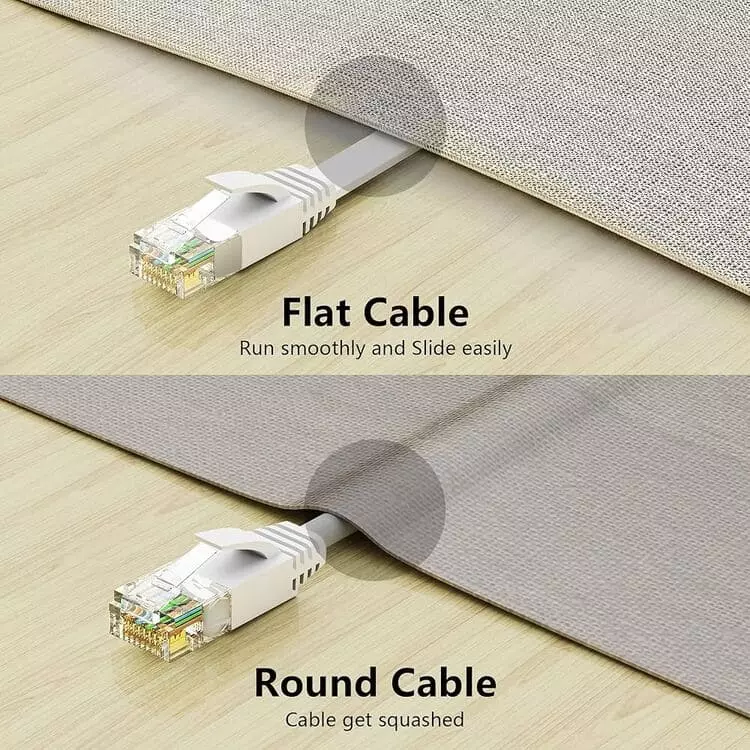
Recommendations
- Prioritize aesthetics and flexibility → Flat Ethernet Cable
- Prioritize stability and reliability → Round Ethernet Cable
- High-speed and professional applications → Shielded Round Ethernet Cable
As a professional cable harness manufacturer and supplier, Linkwings offers a comprehensive range of flat and round Ethernet cables, supporting standard and customized solutions from Cat5e to Cat8. Our products cater to diverse needs, from home environments to data centers.
FAQs
Q1: Does Flat Ethernet Cable affect network speed?
A1: For short distances (typically ≤20 meters), Flat Ethernet Cable supports Gigabit networks without significantly impacting speed. However, performance may be less stable than round cables during long-distance or high-speed (10Gbps and above) transmission.
Q2: Is Round Ethernet Cable always better than Flat?
A2: Not necessarily. Round Cable excels in interference resistance, durability, and long-distance performance. However, Flat Cable is more practical in space-constrained environments or where concealed routing is required. The key lies in the application scenario, not a simple “better or worse” distinction.
Q3: Can Flat Ethernet Cable be used for PoE applications?
A3: Yes, but note that its smaller gauge (typically 28–32 AWG) may cause heating and voltage drop during high-power PoE (e.g., PoE++ 90W). Round Cable is therefore recommended for high-power PoE applications.
Q4: For home wiring, should I choose Flat or Round Ethernet Cable?
A4: If you prioritize concealed installation and aesthetics, Flat Cable is more suitable. If you seek higher network stability and future scalability, Round Cable is the safer choice.
Conclusion
Regarding which is better—flat or round Ethernet cable—there is no absolute answer: If you require aesthetically pleasing, concealed, and cost-effective cabling in a home or small office environment, Flat Ethernet Cable is the ideal choice. However, in enterprise networks, data centers, or scenarios demanding high-speed, long-distance transmission, or Power over Ethernet (PoE) support, Round Ethernet Cable is clearly more reliable. The final selection should be based on the usage environment, bandwidth requirements, and long-term reliability.
As a professional cable assembly manufacturer and supplier, Linkwings offers flat and round Ethernet cables from Cat5e to Cat8, supporting both standardized and customized solutions to help you find the optimal solution for diverse scenarios.
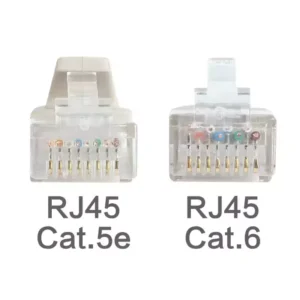
What is the Difference Between Cat5e and Cat6 RJ45 Connectors?
Table of Contents Wh
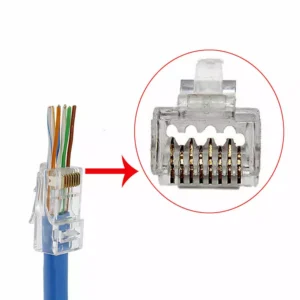
What is RJ45 Connector?
Table of Contents In
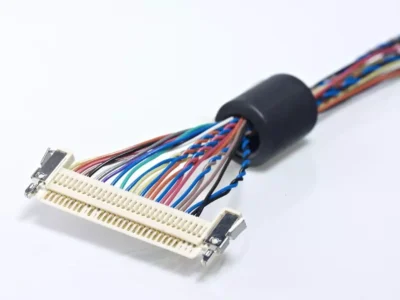
Top 10 LVDS Cable Manufacturers in World 2026
Table of Contents In

How to Check Lvds Cable?
Table of Contents In

